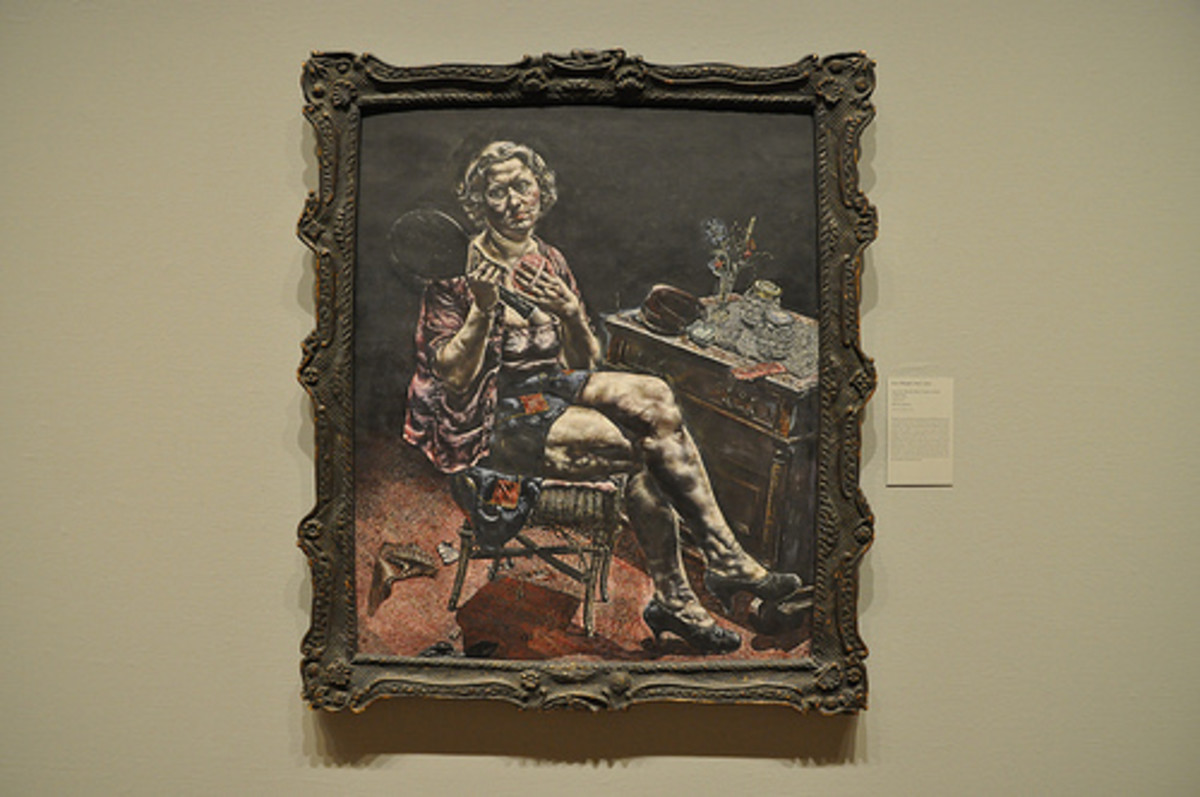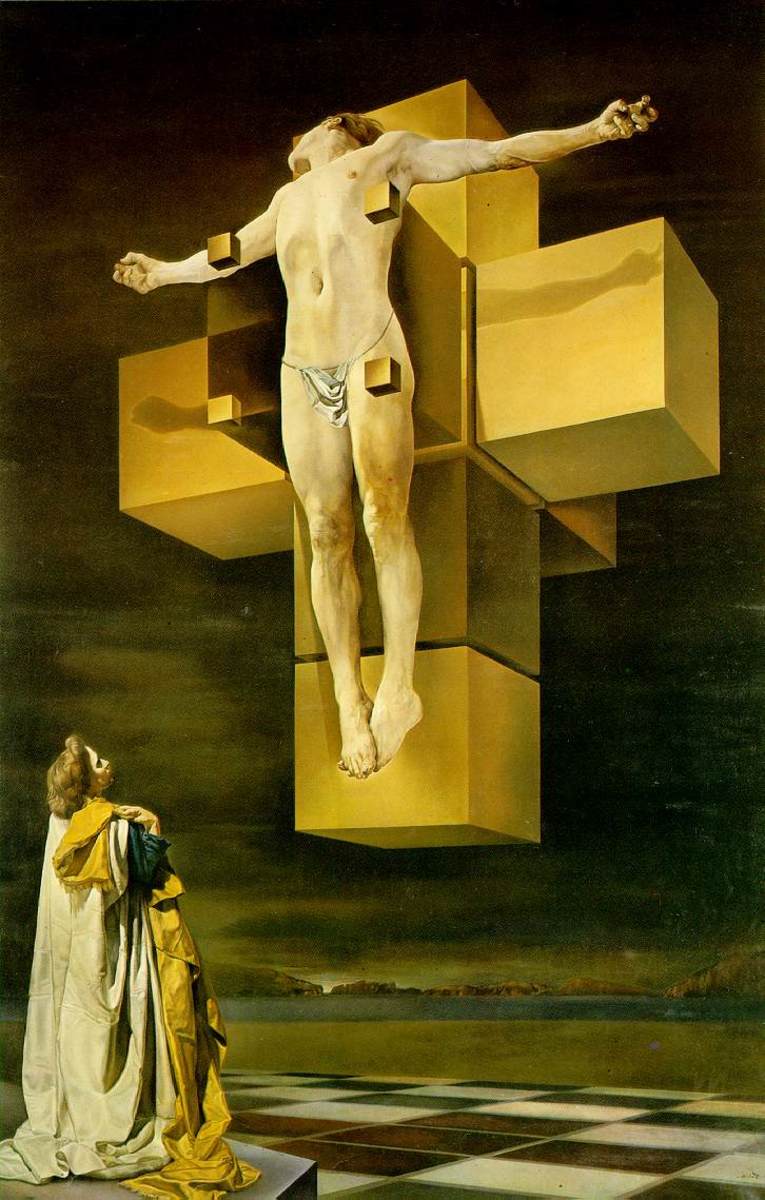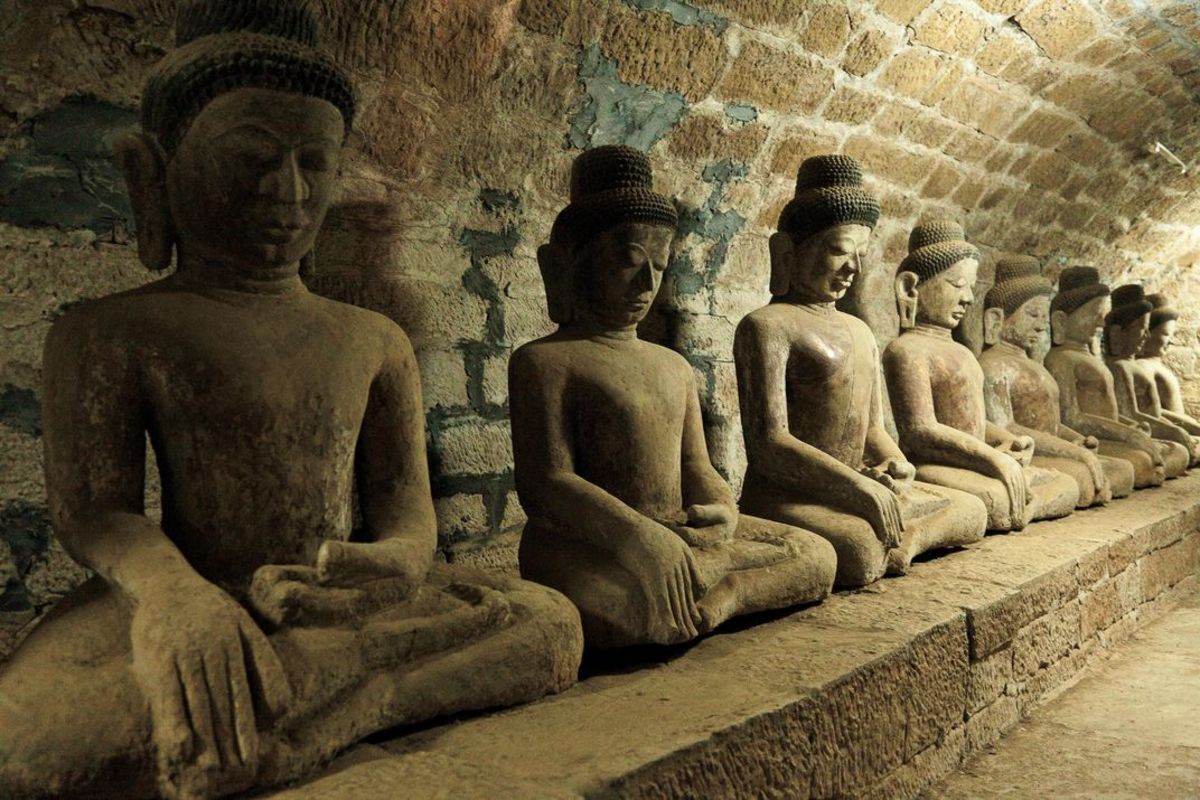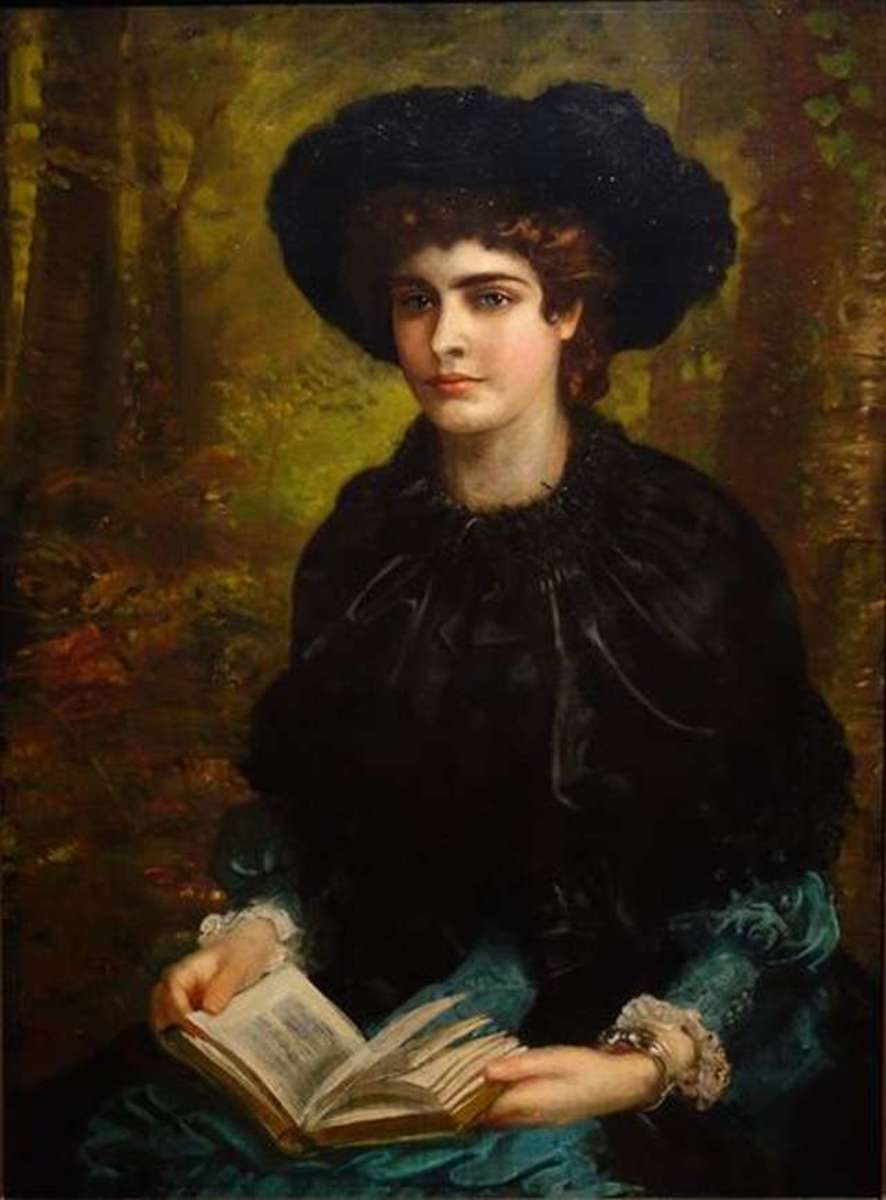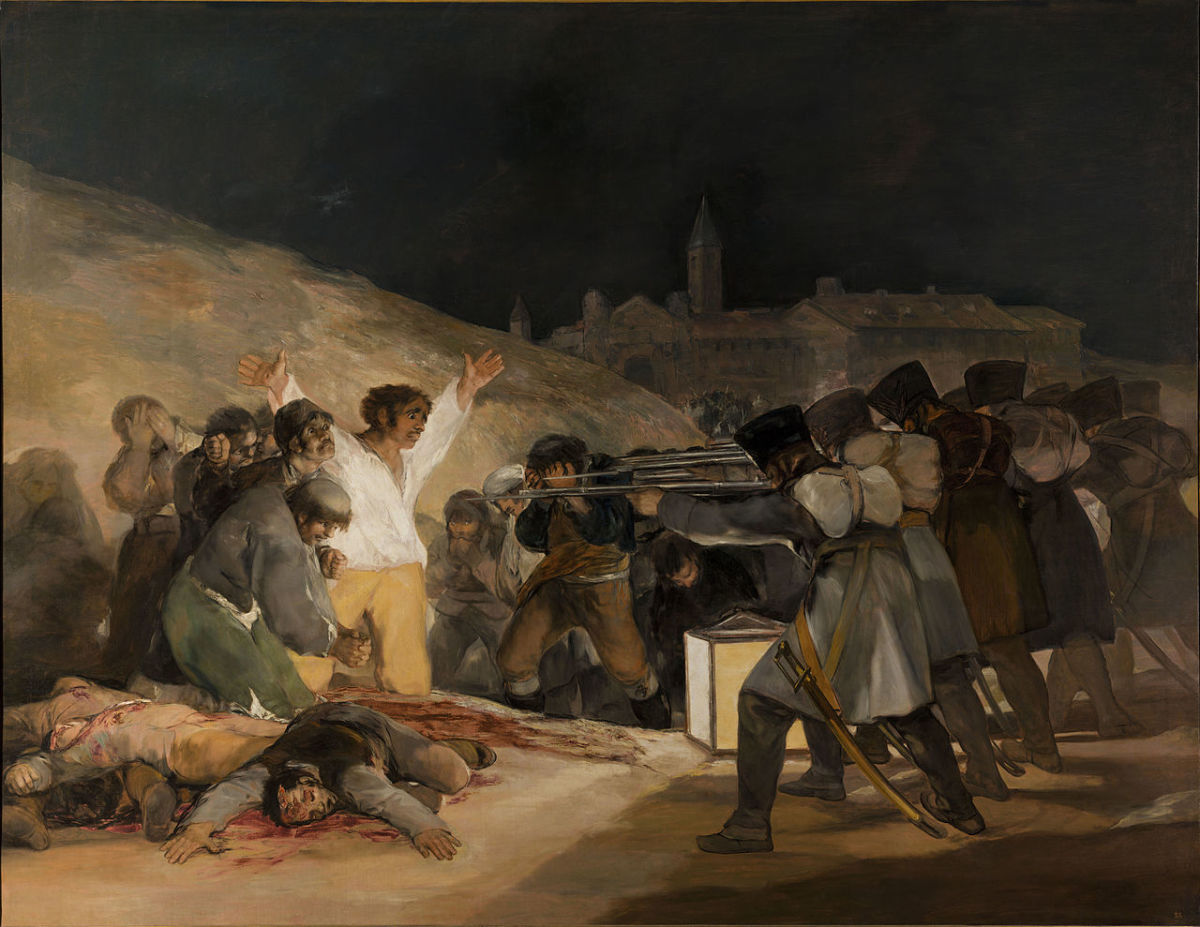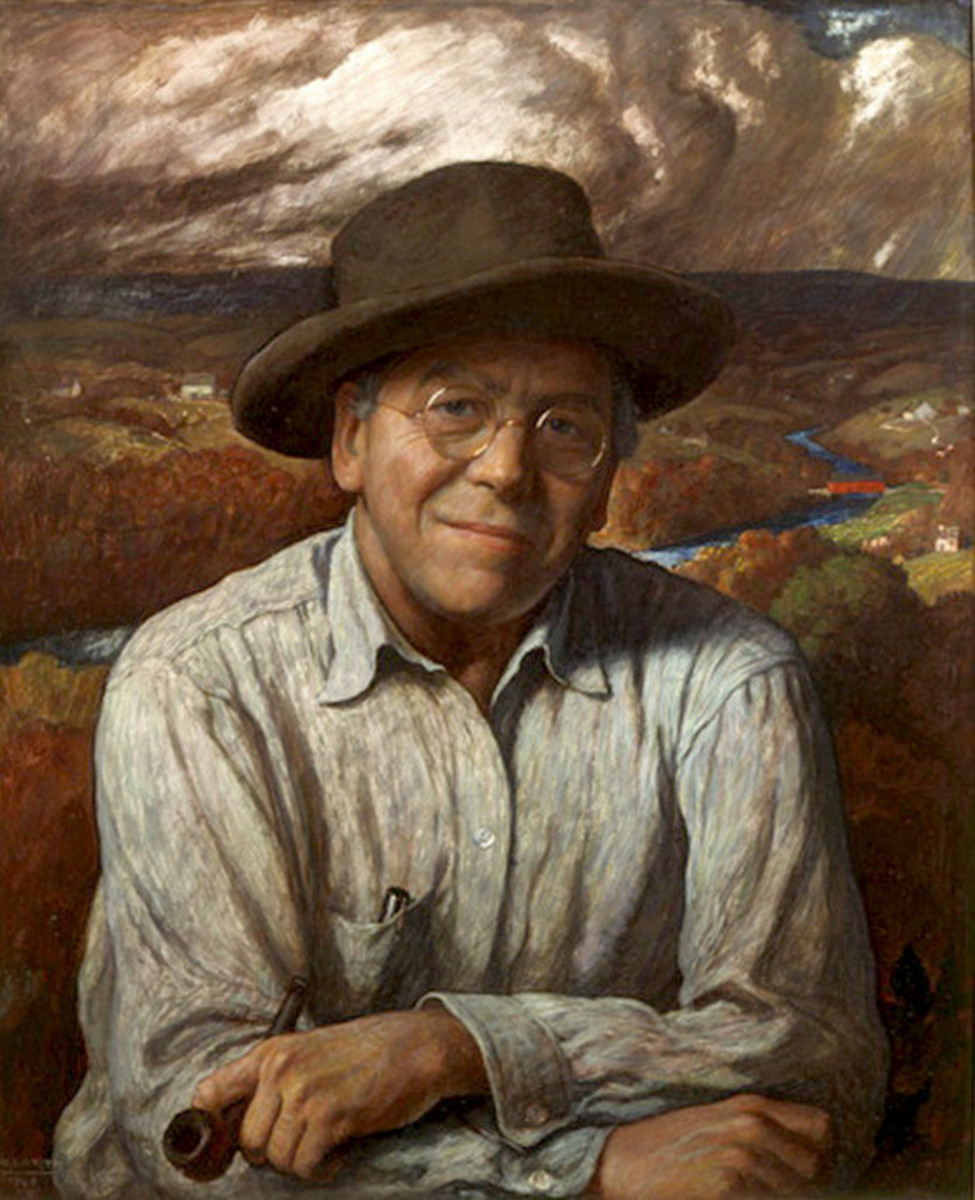The Martyrdoms of Rubens
Analysis of Ruben's work
Rubens, known for his fleshy figures, completed most of the works of martyrdom during the 1630’s. They were filled with color and contrast. They portrayed the horrors of death in detail.
While I do not enjoy violence, I find the martyrdoms interesting due to their detailed content. I value the dedication to religious leaders that had died for their cause.
Many other artists during the life of Rubens created works of art about martyrs, including: Francken, van Veen, Jordaens, van Reyn, Van Loon, Schut, de Cortona, and de Vos. (3) I would theorize that religious paintings were commonly commissioned, so they were a good source of income for artists. Some of Rubens martyrdoms include:
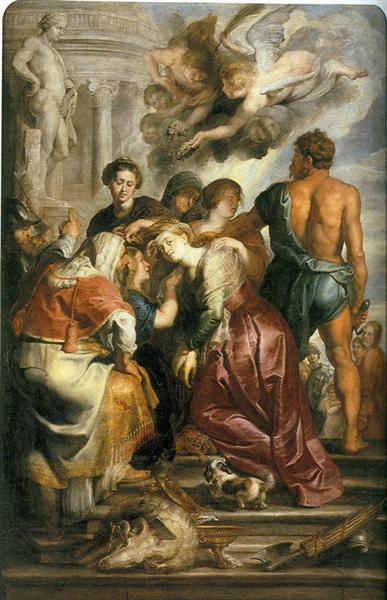
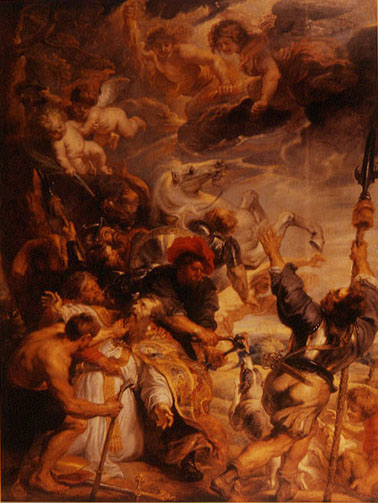
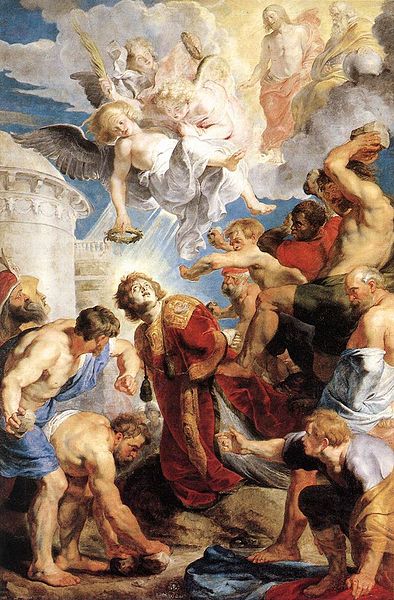
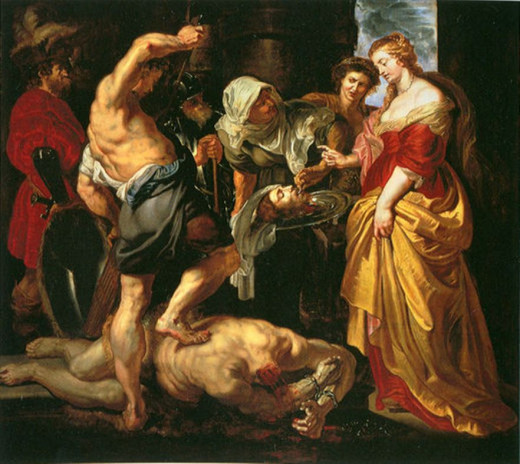
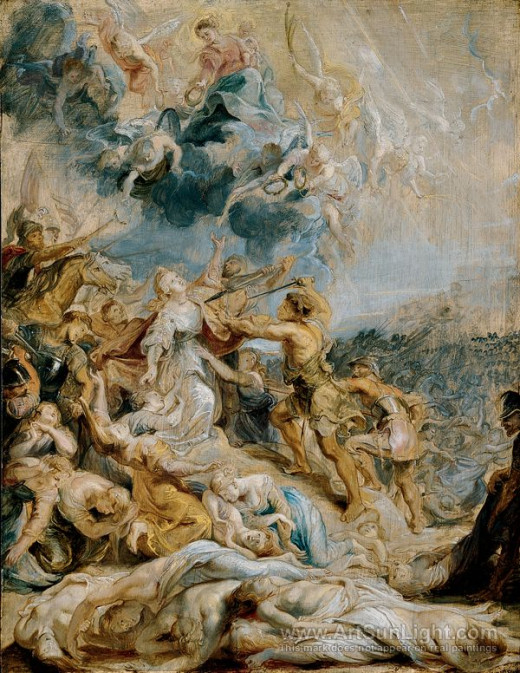
Conclusion
Rubens had many of his subjects in the works crowned to receive eternal glory. Many would be shocked at the causes of death, which include: one saint’s tongue being ripped out, stoning, burning and beheading.
In my opinion, he had a lot of works with this theme because it was at the end of his life. Perhaps he thought about his own life coming to an end. Clearly, Rubens felt strongly about religious works and wanted to inspire spirituality with those who saw his works. In understanding this theme, it would be important to understand what was going on in his life. He had lost many family members and his country had often been at war. This leads to a problem with studying by theme. It is possible to make too many assumptions as to why the works were done.
Bibliography
1. Alpers, Svetlana. 1995. The Making of Rubens. New Haven: Yale University Press. P. 130
2. Golden Patina. 2002. The Times. July 12, p. 21.
3. Vlieghe, Hans. 1998. Flemish Art and Architecture 1585-1700. New Haven: Yale University Press. P. 16, 18, 61, 82, 83, 88, 118.
This content is accurate and true to the best of the author’s knowledge and is not meant to substitute for formal and individualized advice from a qualified professional.
© 2019 Mark Richardson

